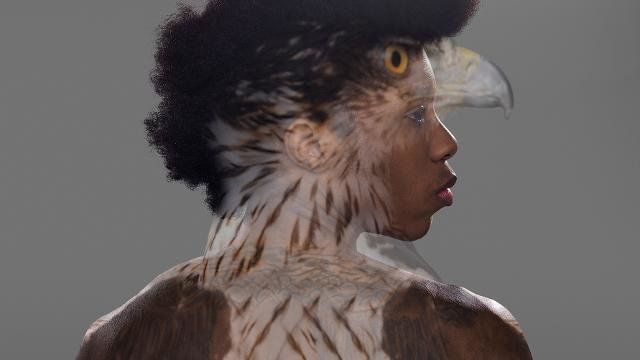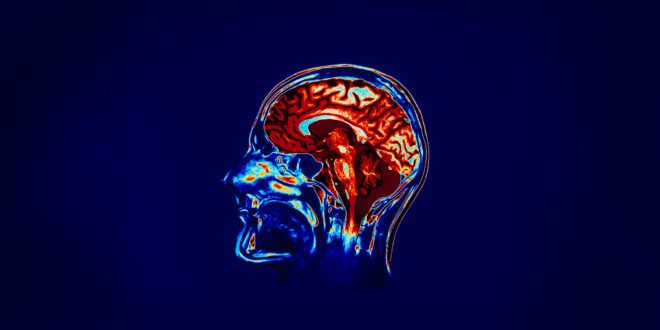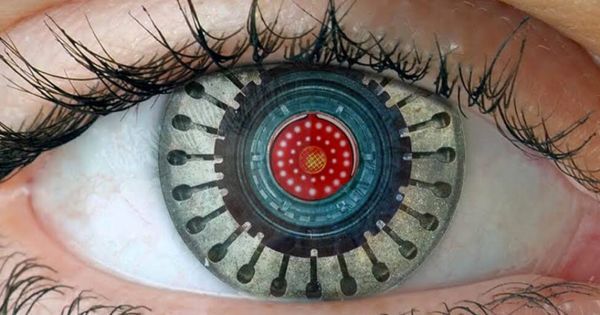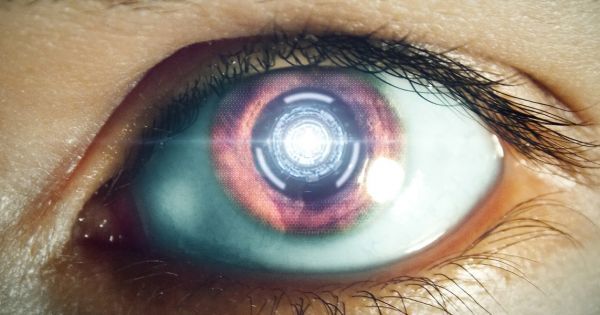Harvard bioethics specialist Glenn Cohen considers the complex question of whether humans should mix their genetic material with other animals to create chimeras.



In an epidsode of the dystopian near-future series, Black Mirror, a small, implantable device behind the ear grants the ability to remember, access, and replay every moment of your life in perfect detail, like a movie right before your eyes.
Theodore Berger, a biomedical engineer at the University of Southern California, can’t promise that level of perfect recall—perhaps for the better—but he is working on a memory prosthesis. The device, surgically implanted directly into the brain, mimics the function of a structure called the hippocampus by electrically stimulating the brain in a particular way to form memories—at least in rats and monkeys. And now, he’s testing one that could work in humans.
Berger’s device hinges on a theory about how the hippocampus transforms short-term memories, like where you deposited your keys, into long-term memories—so you can find them later. In his early experiments, he played a tone and then puffed air in a rabbit’s face, causing it to blink. Eventually, just playing the tone would make the rabbit blink, just like Pavlov’s famous salivating dogs. Berger recorded the hippocampus’ activity with electrodes, and as the rabbits learned to associate the tone with the air puff, patterns in those signals changed in a predictable way.
A punky warrior races across a barren wasteland, pursued by a hulking cyborg. There’s not much more to go on in the visually stunning Lost Boy, but since it’s a proof-of-concept film, mood and style are the main attraction. It’s by PostPanic Pictures, whose visually-rich short Sundays received feature interest last year.
You know that whole chaos theory idea (okay, we saw it in an Ashton Kutcher movie) about how a butterfly flapping its wings in one part of the world can trigger a hurricane in another?
Well, the 2016 equivalent is a project where scientists in Russia wear an exoskeleton to control a connected robot in Germany.
Named CAPIO, the project is the work of DFKI, a kind of European DARPA focused on building robots for carrying out applications and tasks that can assist humans. One of its robots is called AILA, and is controllable using CAPIO, an eight-contact exoskeleton system that wearers can use to move AILA in real time.
Trailer for Ghost in the Shell.
Based on the internationally-acclaimed sci-fi property, Ghost in the Shell follows Major, a special ops, one-of-a-kind human-cyborg hybrid, who leads the elite task force Section 9. Devoted to stopping the most dangerous criminals and extremists, Section 9 is faced with an enemy whose singular goal is to wipe out Hanka Robotic’s advancements in cyber technology.
A couple other actors were first considered before they finally settled on the current cast. Margot Robbie was firstly considered for the lead role of Major (Scarlett Johansson’s role). Matthias Schoenaerts was considered for the male lead of Batou. Pilou Asbæk was cast instead. Sam Riley was in talks for the role of the Laughing Man (Michael Pitt’s role).

In Brief:
With an estimated 285 million people worldwide with visual impairment, many treatments and technological innovations have long been in development. The panacea of restoring sight to the blind is the stuff of sci-fi: the bionic eye.
WeaRobot wants to democratize robotic exoskeletons. They want to make modular exoskeletons, so that is more affordable. The exoskeleton can boost the mobility joint by joint. Just supporting the movement of one knee or one elbow or assembling all modules for a full body exoskeleton. This is targeted at enhancing mobility and function for the growing elderly population.
WeaRobot is breaking apart robotic exoskeletons to make them more affordable and adaptable.
Robotic exoskeletons are electromechanical suits that can give paraplegic people the chance to walk again. Full body suits produce impressive results, such as teaching dormant body parts to move on their own again. But they are expensive, ranging from $40,000 to more than $100,000. Now, a Mexican robotics startup is breaking exoskeletons down into smaller pieces, with the goal of making this medical technology affordable and adaptable.
Scientists may have made a significant breakthrough in restoring human sight, as a woman who had been blind for seven years has regained the ability to see shapes and colours with a bionic eye implant.
The 30-year-old woman had a wireless visual stimulator chip inserted into her brain by University of California, Los Angeles (UCLA) surgeons in the first human test of the product. As a result, she could see colored flashes, lines, and spots when signals were sent to her brain from a computer.
The woman, who wished to remain anonymous, suffered no significant adverse side effects in the process, according to a statement.

In Brief:

Come “ask me anything” right now!!! I’m trying to answer all questions I get asked:
Hi Reddit,
Thank you for having me here. My name is Zoltan Istvan, and I’m a futurist, journalist, and science fiction writer. I’m also the 2016 Presidential candidate for the Transhumanist Party.
For the last 725 days, I have been campaigning full time to spread transhumanism and life extension policies across America and the world. While I never expected to win the US Presidency, my campaign has received a lot of attention—both good and bad—for its emphasis on radical science, technology, secularism, and futurist ideas.
During my campaign, I’ve spoken on transhumanism at the World Bank, consulted with the US Navy on artificial intelligence, got a chip implanted in my hand, interviewed with underground group Anonymous, and drove a coffin-shaped bus called the Immortality Bus across America to deliver a Transhumanist Bill of Rights to the US Capitol. My 20-point political platform has many futurist policies in it, but some of the most important ones are supporting a Universal Basic Income, classifying aging as a disease, legalizing all drugs, creating a Transhumanist Olympics, and taking money from the military and giving it to science.